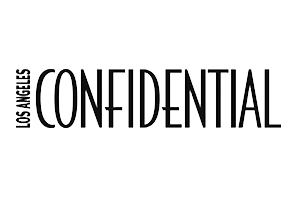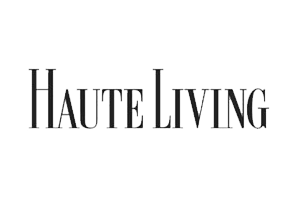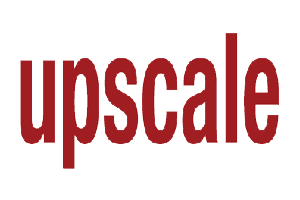Rejuvenate Your Breasts With Fat Transfer
November 26th, 2019 | Posted in: Natural Breast Augmentation | Tags: Breast Enhancement, Fat Transfer Breast Augmentation, liposuction
3 Min Read
Fat transfer, also known as fat grafting, has come a long way since its roots as a late 19th-century solution for war scars.
It’s now employed to enhance and improve a wide variety of cosmetic concerns. One of the most common areas is the breasts.
Women who are looking to add a little perk can use breast augmentation with fat transfer for fuller breasts that look nothing short of natural.
Can Fat Transfer Significantly Increase Breast Size?
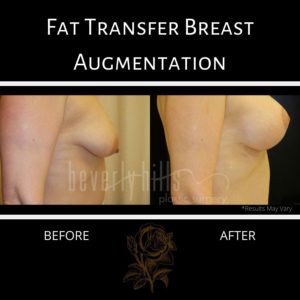 Fat transfer won’t give you the “va-va-voom” large breasts you might see on swimsuit models, But the subtle changes it brings are why the procedure appeals to so many.
Fat transfer won’t give you the “va-va-voom” large breasts you might see on swimsuit models, But the subtle changes it brings are why the procedure appeals to so many.
Most women will go up a cup size using fat transfer.
Breasts are visibly enlarged, but never look overdone. In fact, many women say their new breasts feel almost the same as they did before.
The Benefits of Fat Transfer Over Implants
Reports on breast implant-related illnesses have recently made women hesitate to get implants, even if they might desire larger or better-shaped breasts.
Fat transfer solves the problem by removing implants from the equation altogether.
Since it only uses your own fat cells for enhancement, there’s no risk of rejection or the complications associated with breast implants, like ruptures, rippling, or malpositioning.
Fat Transfer Can Also Improve Body Contours
Fat transfer starts with liposuction. Your surgeon will remove fat from unwanted areas, then use that fat to enhance your bustline.
What results is a body shape that’s visibly slimmer, along with a fuller bustline. This, in itself, has the added effect of making other areas look slimmer as well.
And all without the use of implants, fillers, or any other foreign object.
How Does Fat Transfer Work for Breasts?
Your surgeon will first begin with liposuction to get the fat cells needed for breast enhancement.
Fat transfer for breast augmentation involves the following steps:
Step 1:
Fat is extracted from certain areas, such as the buttocks, abdomen, thighs, hips, or arms.
Step 2:
The fat cells are processed and purified, getting them ready for reinjection.
Step 3:
The purified fat is carefully injected into breasts in increments, adding fat cells bit by bit for the most natural look and outcome.
What Should I Expect From Fat Transfer Recovery?
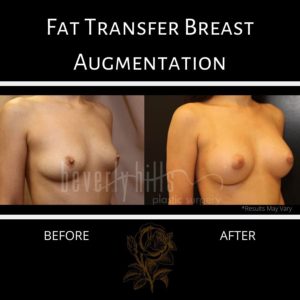 There will be minor swelling and pain, especially around the areas where liposuction was done.
There will be minor swelling and pain, especially around the areas where liposuction was done.
Patients should make sure to get plenty of rest so their bodies can heal.
Most patients may start to resume some activities two weeks after the procedure, but it will still take about four to six weeks to fully heal from fat transfer.
What Kind of Fat Transfer Results Can I Expect?
The fat cells that survive the transfer become a permanent part of breast tissue. There’s usually a subtle, yet noticeable increase in volume and size.
And since it doesn’t use implants, breasts tend to feel more natural than they otherwise would.
What Are the Risks to Fat Transfer?
As with any surgical procedure, there are always slight risks, such as infection or poor healing.
With fat transfer, risks are minimized as your own tissue is used instead of foreign materials.
It’s important to note, however, that some of the transferred fat cells might be lost as the body reabsorbs them during recovery.
Women should discuss the pros and cons of using fat transfer for breast augmentation with their surgeon to make sure the procedure meets all their needs.
Interested in Learning More?
Schedule a consultation with Dr. Chiu by calling our office at 310-888-8087 or using our contact form online.















